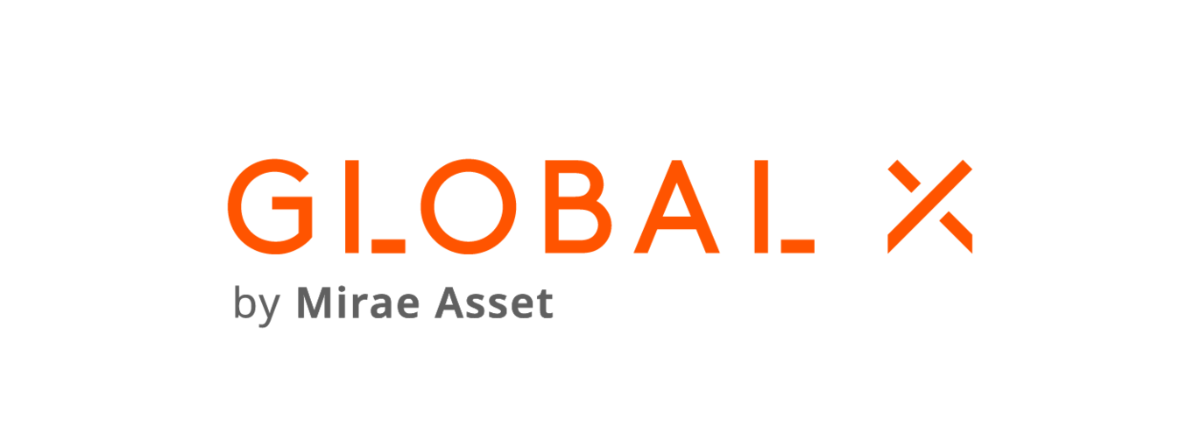In a year where almost everything went down, it was a race to the bottom for Russian and cryptocurrency equity ETFs in 2022 after unprecedented market events sent both asset classes plummeting.
Russia’s decision to invade Ukraine in February sent shockwaves through global markets as western governments were quick to implement financial sanctions keen to make Russia an economic pariah.
In crypto land, the terra crash last May and the dramatic collapse of Sam Bankman-Fried’s FTX in November created one of the harshest ‘crypto winter’ for investors in digital currencies and the broader ecosystem.
The crash has even led several crypto issuers – including Bitpanda and ETC Group – to pull their ETPs from the market on low demand.
However, equities were down across the board as rising interest rates hit tech stocks particularly hard with some thematic ETFs falling dramatically.
While bonds offered little respite in 2022, a historic month for UK gilts following former Chancellor Kwasi Kwarteng’s ‘mini budget’ was enough to make sure the asset class was one of the worst performing over the last 12 months.
Russian assets trapped
Investors in Russia-focused ETFs were likely the biggest losers this year with the products essentially losing their entire value overnight. Following the rapid closure of the Russian markets, ETF issuers were left scrambling to understand what impact it would have on their products.
The fast-moving situation was sparked when the Moscow Exchange shut just a few days after the invasion, leaving the world’s largest index provider MSCI to label the market “uninvestable”.
ETF issuers swiftly suspended creation and redemption orders on Russian ETFs, closing primary markets. Exchanges globally then halted trading of Russia ETFs until further notice, shutting off the secondary market.
According to Bloomberg Intelligence, standalone Russia ETFs saw almost all of their $4bn assets under management (AUM) wiped off between the end of January and mid-March as asset managers wrote down the value of their assets.
Can any ETF assets escape from Russia?
In the months ensuing, asset managers decided to terminate their Russia ETFs with BlackRock, Invesco and DWS all delisting their products.
As it stands, the Lyxor PEA Russia MSCI Russia IMI Select GDR UCITS ETF (PRUS), Lyxor MSCI Russia UCITS ETF (RUS) and HSBC MSCI Russia Capped UCITS ETF (HRUD) are Europe’s remaining Russia ETFs.
The ‘crypto winter’ freeze
The crypto winter turned into an ice blast in the second half of 2022 after the third-largest cryptocurrency exchange FTX went bankrupt leaving the industry in a tailspin.
However, the industry had already faced a tumultuous six months following the collapse of terra which led several ETP issuers to shutter their ETPs having lost almost 100% of their value.
Meanwhile, ETPs tracking bitcoin have also underperformed significantly, with the cryptocurrency down over 64% last year.
Crypto equity products were the worst-performing ETFs over the last 12 months, a sign the pain was felt across broader digital assets and the technology that backs them.
The VanEck Crypto and Blockchain Innovators UCITS ETF (DABG) returned -86.6% over the period while the ETC Group Digital Assets & Blockchain Equity UCITS ETF (KOIP) returned -77.3%. Elsewhere, the Invesco CoinShares Global Blockchain UCITS ETF (BCHS) faired a little better but still fell 52.4%.
There are signs things could get worse for the industry. The second-largest crypto exchange, Binance, is now under the spotlight after it temporarily halted withdrawals of the stablecoin USDC last December.
Thematics feel the pain
ETFs investing in tech-driven megatrends such as cloud computing and artificial intelligence posted high double-digit negative returns as the tech sector faced headwinds including inflation, rising interest rates and an economic slowdown.
The tech-driven Nasdaq 100, hit harder than most by these headwinds, is down 33.8% over 2022 versus 19.9% for the S&P 500.
The worst-performing ETF in this category was the HANetf's Global Online Retail UCITS ETF (PBUY) which returned -72.2%.
This was followed by the WisdomTree Cloud Computing UCITS ETF (KLWD) and the Global X Fintech UCITS ETF (FING) which returned -54.3% and -53.5%, respectively.
Other themes that performed poorly were cybersecurity and artificial intelligence. The WisdomTree Cybersecurity UCITS ETF (CYSE) was down 44.2% for the year, followed by the L&G Artificial Intelligence UCITS ETF (AIAG) which returned -41.2%.
Meanwhile, the Global X Robotics & Artificial Intelligence UCITS ETF (BOTZ) and the WisdomTree Artificial Intelligence UCITS ETF (INTL) fell 43.5% and 43.1%, respectively.
The UK gilt meltdown
The UK gilt market was sent into meltdown at the end of September after Chancellor Kwarteng unleashed extravagant spending plans and unfunded tax cuts that sent 30-year gilt yields to a two-decade high.
Responding to the yield volatility, gilt ETFs experienced double-digit losses in September, confounding a poor year for UK government bonds.
A historic month for UK gilt ETFs
Leading the way was the longer-dated SPDR Bloomberg 15+ Year Gilt UCITS ETF (GLTL) which returned -46.9% over the past 12 months. Meanwhile, the iShares £ Index-Linked Gilts UCITS ETF (INXG) returned -41.8% followed by -41% for the Lyxor Core FTSE Actuaries UK Gilts Inflation-Linked UCITS ETF (GILI).
The ETFs experienced somewhat of a comeback in Q4 following the demise of the Liz Truss government and the end of the ‘growth at all costs’ policy, with INXG and GILI 13.5% and 12.8% up since the end of September.
Related articles













